Abstract
The effects of jaundice on wound healing have been studied by growing fibroblasts, in vitro, in normal culture media, in culture media to which bilirubin has been added, and in culture media containing sera from jaundiced patients. It has been found that the addition of bilirubin to the culture media causes morphological changes in the fibroblasts, and impairs the growth of cells. The addition of jaundiced human sera to the culture also causes similar changes.
Full text
PDF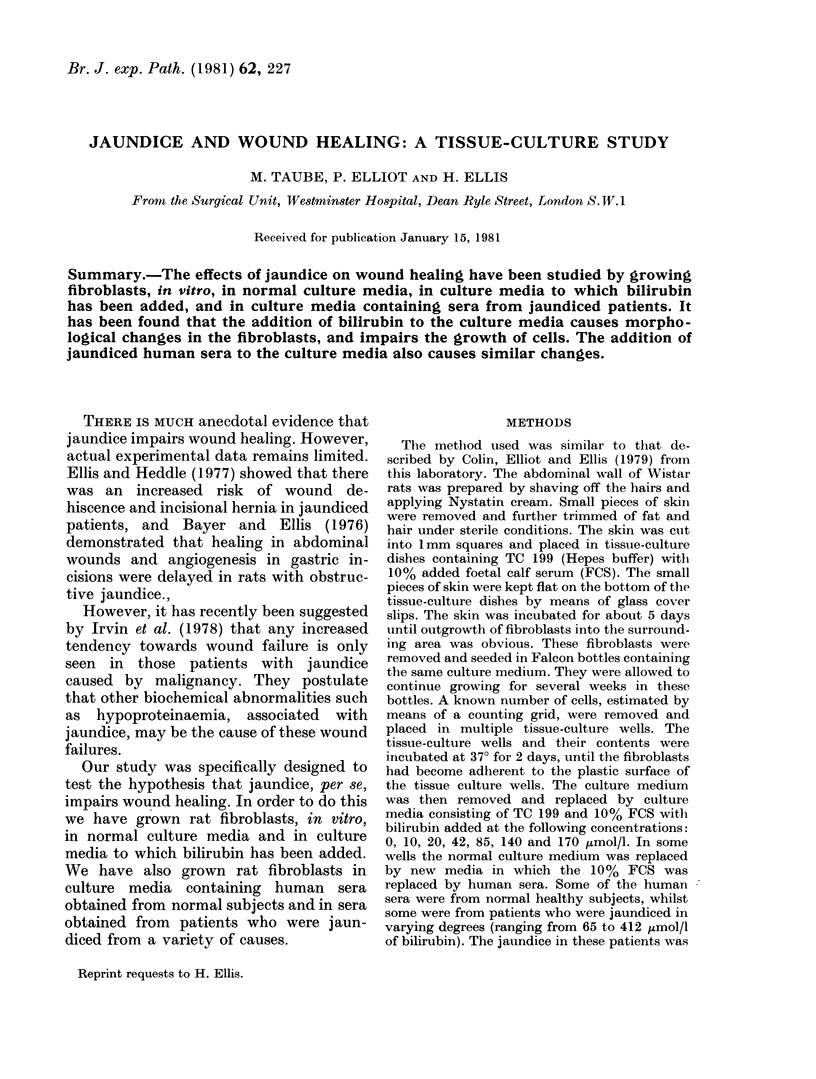
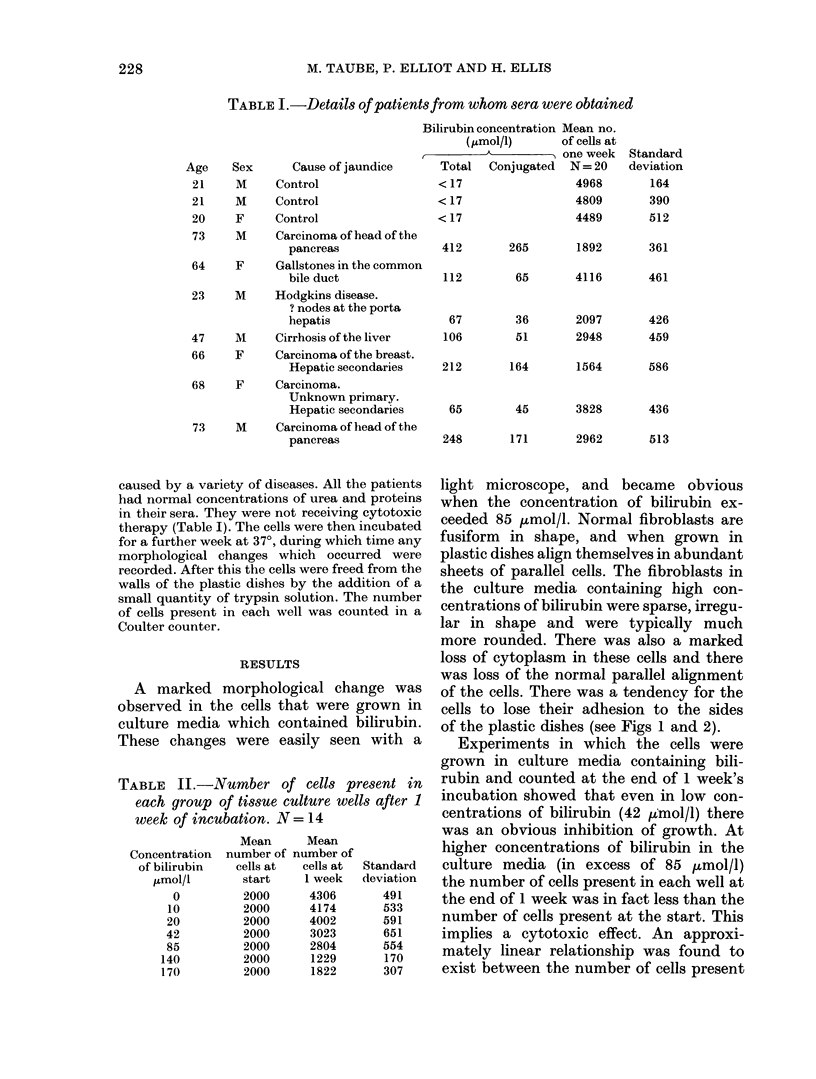
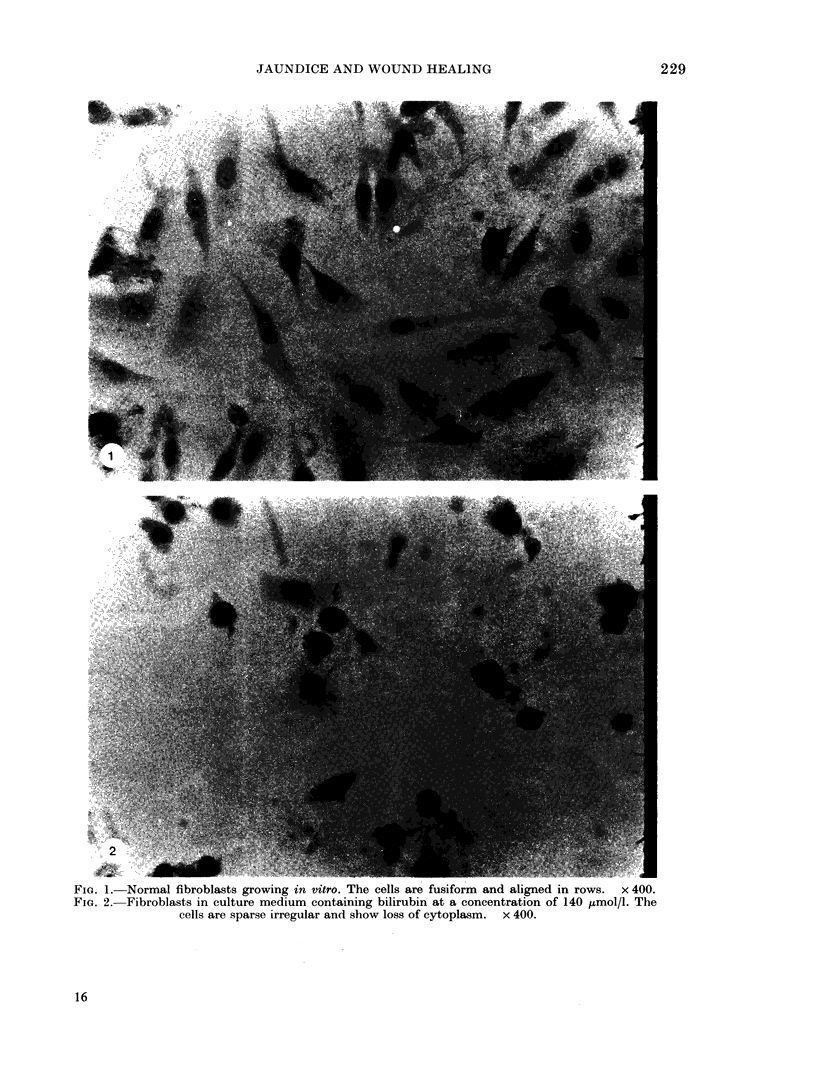
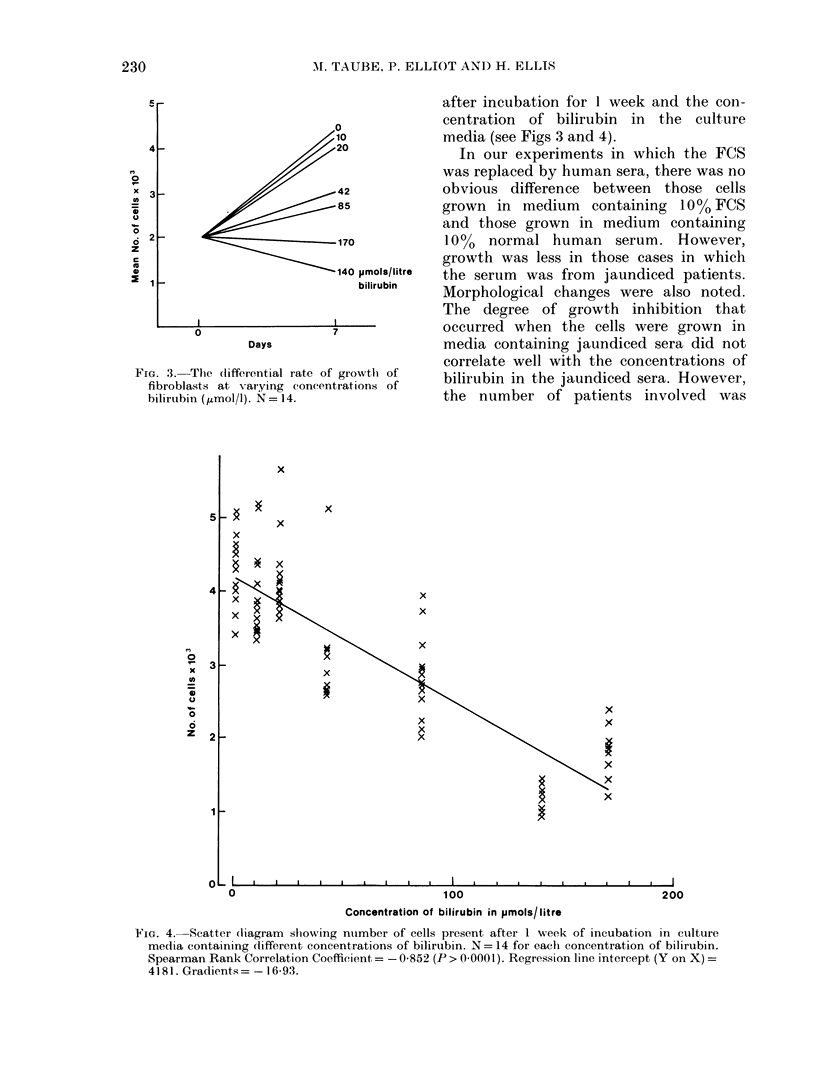
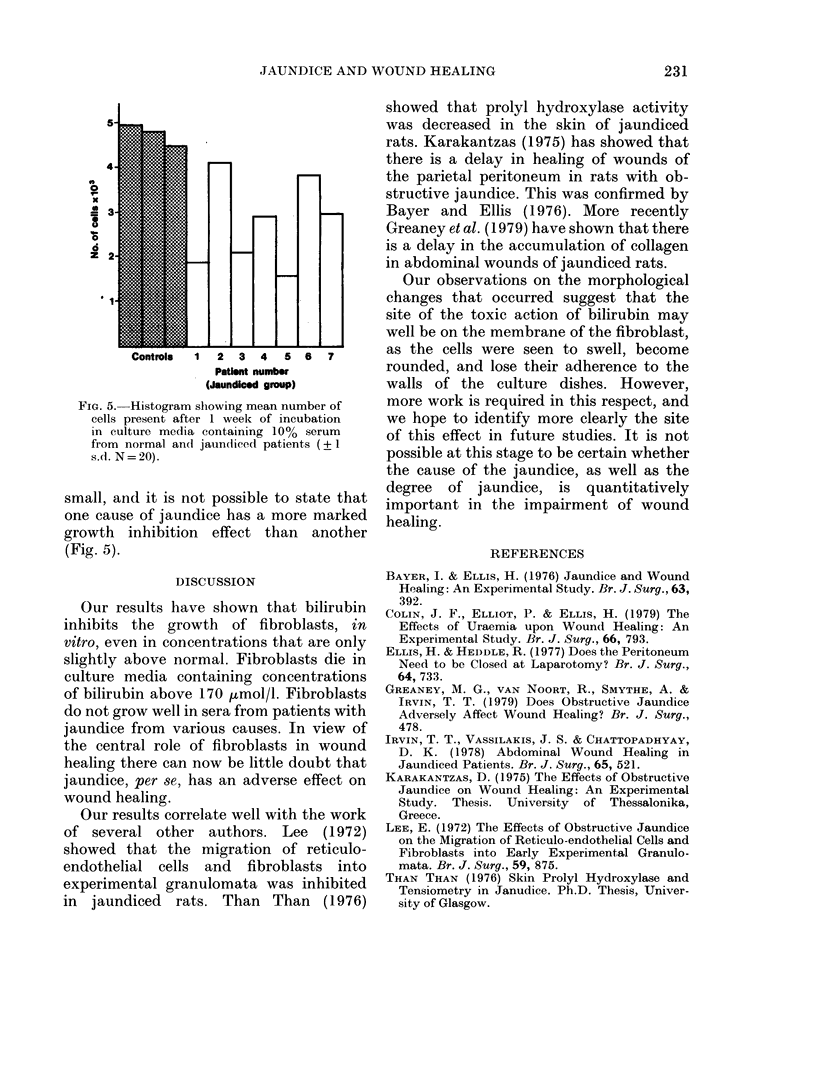
Images in this article
Selected References
These references are in PubMed. This may not be the complete list of references from this article.
- Bayer I., Ellis H. Jaundice and wound healing: an experimental study. Br J Surg. 1976 May;63(5):392–396. doi: 10.1002/bjs.1800630515. [DOI] [PubMed] [Google Scholar]
- Colin J. F., Elliot P., Ellis H. The effect of uraemia upon wound healing: an experimental study. Br J Surg. 1979 Nov;66(11):793–797. doi: 10.1002/bjs.1800661113. [DOI] [PubMed] [Google Scholar]
- Ellis H., Heddle R. Does the peritoneum need to be closed at laparotomy? Br J Surg. 1977 Oct;64(10):733–736. doi: 10.1002/bjs.1800641013. [DOI] [PubMed] [Google Scholar]
- Lee E. The effect of obstructive jaundice on the migration of reticulo-endothelial cells and fibroblasts into early experimental granulomata. Br J Surg. 1972 Nov;59(11):875–877. doi: 10.1002/bjs.1800591107. [DOI] [PubMed] [Google Scholar]




